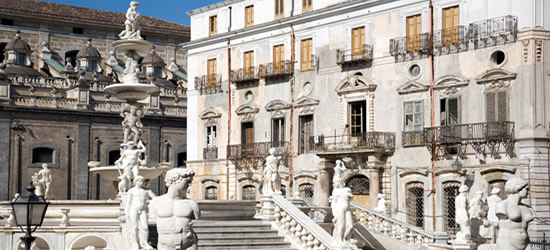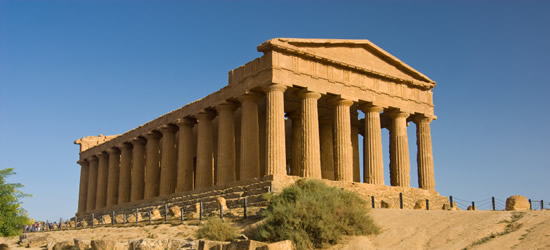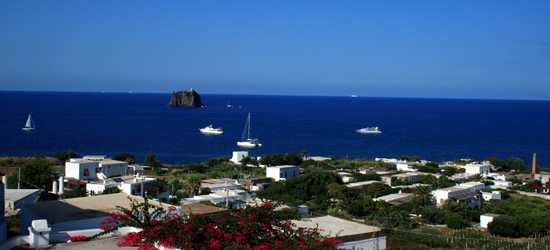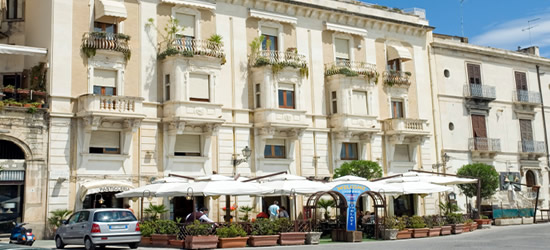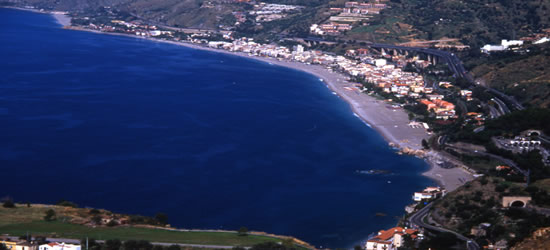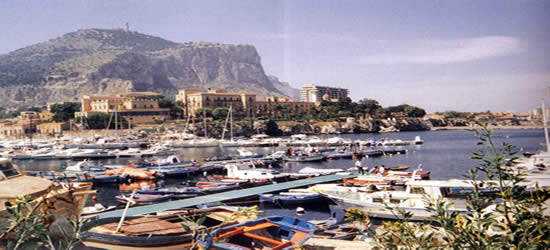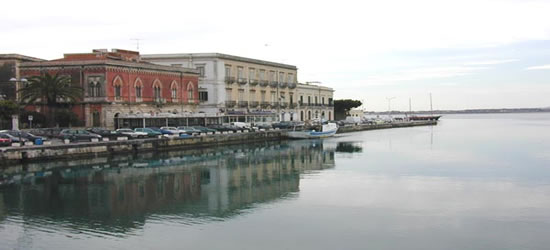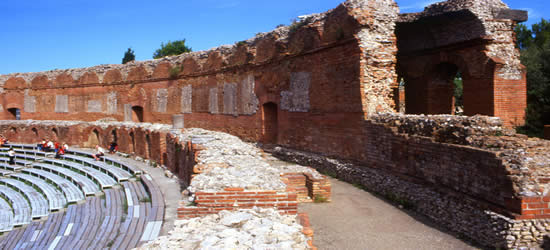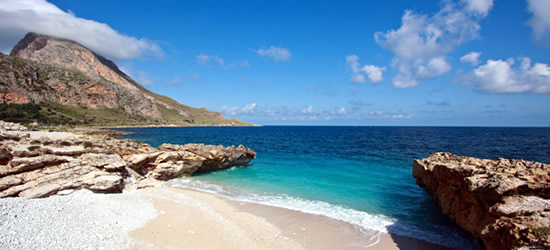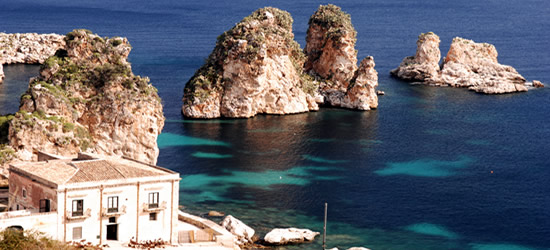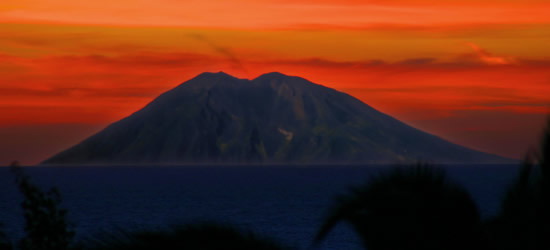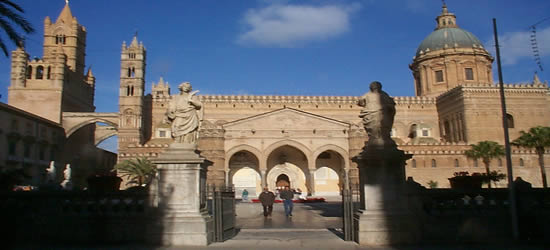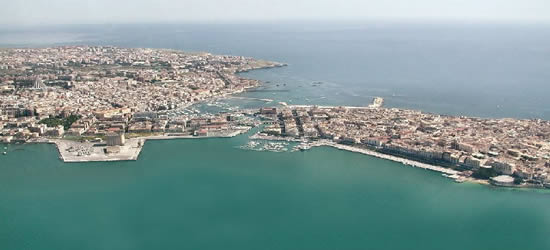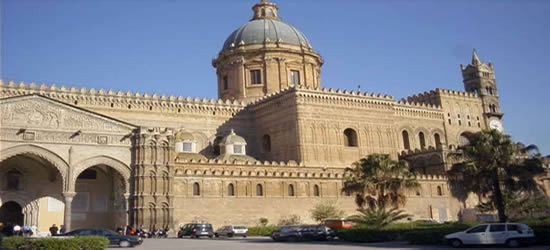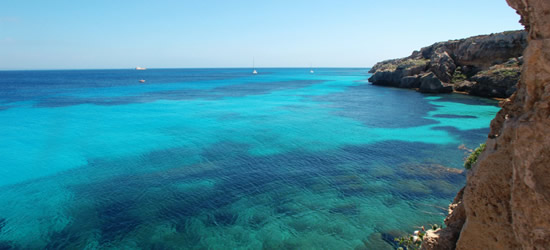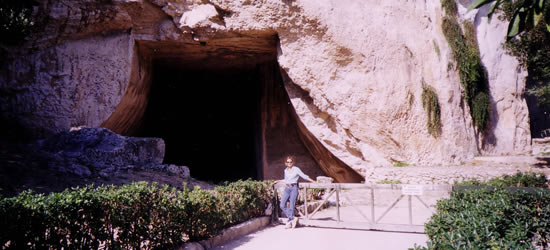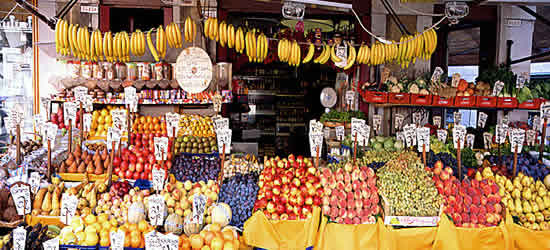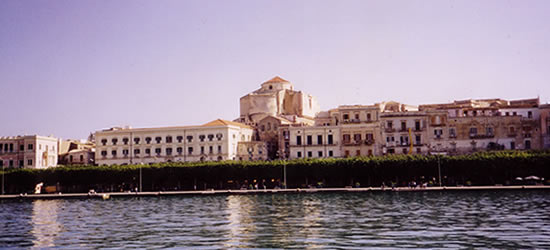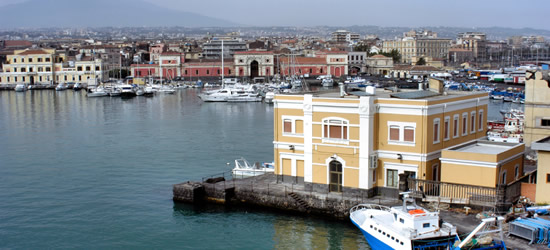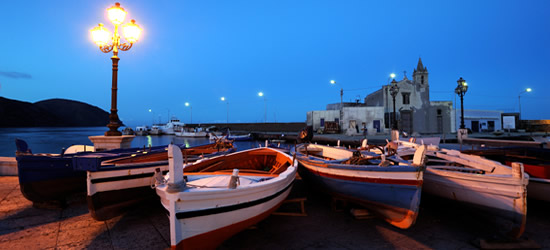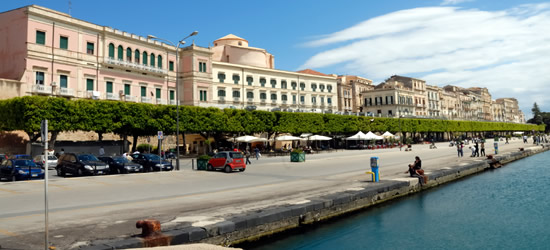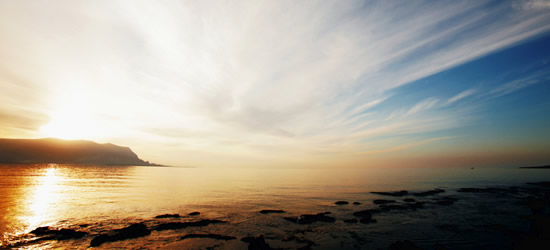The history of Sicily is rich and varied. It consists mostly of successive waves of invaders, the Greeks in 735BC, followed by the Romans, the Arabs, the Normans and finally the Spanish occupying the island until 1848. The Invaders all left significant cultural influences which have blended in often fascinating ways such as the unique Arabic-Norman architecture of the Middle Ages.
Sicilian cuisine is centered around seafood and vegetables. Tuna and Swordfish are caught off the coasts of Sicily and cut into steaks and sprinkled with lemon, capers and herbs and cooked over a charcoal grill. Vegetables such as aubergine, pine nuts, beans and artichokes are used more often than other parts of Italy.
Many different succulent fish are found in these waters, such as prawns, shrimps often called scampi, gamberetti or gamberoni, depending on their size and variety - these are served fried, grilled or in a peppery sauce. Here you can truly feel the Arab Influence as Cuscus di pesce, a dish of semolina and fish is a local favorite.
In spring and autumn, the sirocco wind may blow up with some strength and the moisture it picks up on its passage over the sea from North Africa bathes Sicily in a sporific humidity. It is said that if the sirocco blows for more than 3 days all inexplicable 'Crimes of Passion' are excused.






